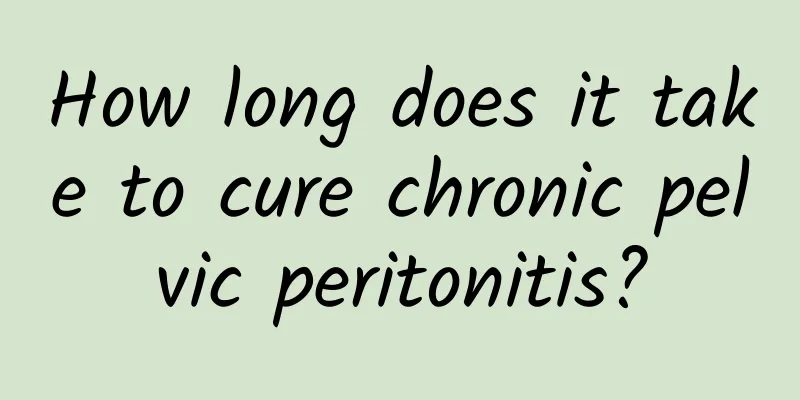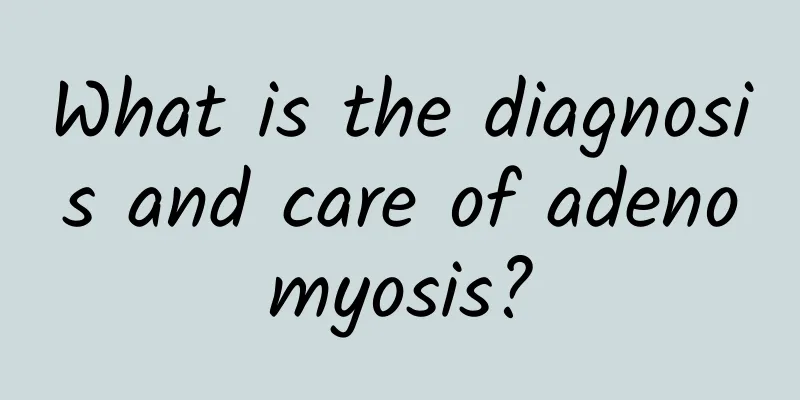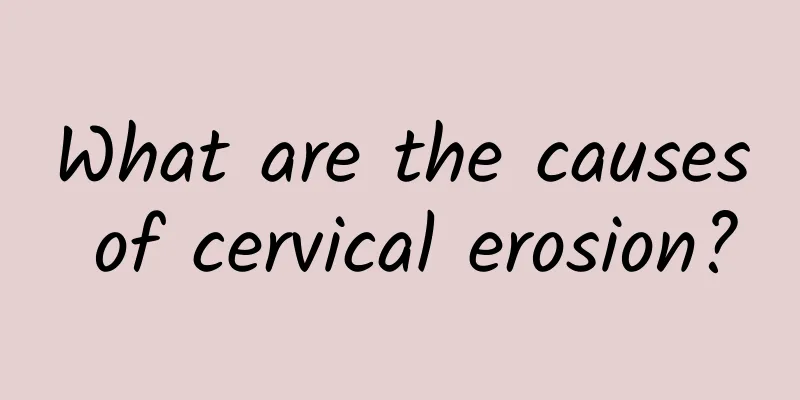How long does it take to cure chronic pelvic peritonitis?

|
What is the treatment for pelvic peritonitis? This is of great concern, because severe pelvic peritonitis causes great harm and seriously tortures everyone's health. If you want to completely get rid of the harm caused by the disease, you need to correctly grasp the treatment of severe pelvic peritonitis. Only by correctly treating the disease can you reduce the occurrence of the harm of the disease. So what is the treatment for chronic pelvic peritonitis? Experts point out that pelvic peritonitis is a common gynecological disease, which is more common in married women. In a broad sense, pelvic inflammation includes inflammation of the fallopian tubes, ovaries, uterus and surrounding connective tissue within the pelvic cavity. Most pelvic peritonitis is caused by bacteria entering the body and causing infection. A few are caused by inflammation of other nearby tissues and organs. Medically, its symptoms vary from person to person, so the treatment methods are also different. Clinically, pelvic peritonitis is divided into acute pelvic peritonitis and chronic pelvic peritonitis. If the acute phase is not cured, it can turn into chronic pelvic peritonitis. Chronic pelvic peritonitis is a common gynecological disease, often because acute pelvic peritonitis is not treated, or the patient's physical condition is poor, and the disease is delayed; but some patients have no history of acute pelvic peritonitis, and they show chronic pelvic peritonitis when they develop the disease. Pelvic peritonitis is mainly characterized by lower abdominal pain, which can be manifested as lower abdominal pain of varying degrees. In mild cases, the lower abdomen is uncomfortable. In severe cases, in addition to pain, there is also a feeling of heaviness in the lumbar sacral region, which is often aggravated after fatigue, sexual intercourse, before and during menstruation. The systemic symptoms of pelvic peritonitis are not obvious. Patients with chronic pelvic peritonitis often have less obvious systemic symptoms, and sometimes have low fever, fatigue, increased leucorrhea, etc. Some patients may reproduce symptoms of neurasthenia, such as lack of energy, general discomfort, insomnia, etc. When the patient has poor resistance, acute attacks are prone to occur. In clinical practice, the more common ones are: 1. General treatment of pelvic peritonitis: relieve patients' worries, enhance their confidence in treatment, increase nutrition, exercise, pay attention to the combination of work and rest, and improve the body's resistance. 2. Surgical treatment of pelvic peritonitis: patients with masses such as hydrosalpinx or tubo-ovarian cysts or recurrent chronic salpingitis can undergo surgical treatment. The principle of surgery is to cure the disease and avoid the chance of recurrence of residual lesions. The scope of surgery depends on the condition, and unilateral adnexectomy or total hysterectomy plus bilateral adnexectomy is performed. For young women, ovarian function should be preserved as much as possible. Physical therapy is also a treatment method for pelvic peritonitis in clinical practice. Choosing this method for treatment can promote local blood circulation in the pelvis, improve the nutritional status of tissues, and facilitate the absorption and disappearance of inflammation. Commonly used methods include short wave, ultrashort wave, ion penetration (various drugs can be added, wax therapy, etc.). Drug treatment can also be selected. The treatment of acute attacks of chronic pelvic peritonitis is the same as that of acute pelvic peritonitis. While using anti-inflammatory drugs, α-chymotrypsin or hyaluronidase is also used to facilitate the absorption of adhesions and inflammation. We must be particularly aware of the above-mentioned treatment methods for severe pelvic peritonitis. This is the prerequisite for helping everyone to come up with accurate treatment. Of course, severe pelvic peritonitis is very harmful. In order to receive treatment as soon as possible, you need to consult relevant experts as soon as possible. Experts will develop a treatment method that suits you to reduce the occurrence of disease hazards. |
<<: Can pelvic peritonitis be cured?
>>: Can chronic pelvic peritonitis heal on its own?
Recommend
What is the first aid knowledge for ectopic pregnancy?
Ectopic pregnancy is also called ectopic pregnanc...
Detailed analysis of the causes of hyperprolactinemia
Prolactin is a polypeptide hormone, also called p...
What can't you eat if you have adenomyosis?
Patients with adenomyosis should avoid high-fat f...
What are the categories of vaginitis
Vaginitis is a common gynecological disease. Many...
What are the signs of ovarian cysts?
What are the signs of ovarian cysts? The adverse ...
What to eat to make uterine fibroids disappear What to eat to make uterine fibroids smaller
What to eat to make uterine fibroids disappear Wh...
Irregular menstruation causes are easy to find and treat
Many women often experience delayed menstruation....
Does threatened abortion have diarrhea symptoms?
Threatened abortion: There are symptoms of miscar...
Exercise for 15 minutes before going to bed and you can lose weight in your dreams
The bedtime weight loss method is to do some easy...
Several common clinical manifestations of adnexitis
What are the clinical manifestations of adnexitis...
Menopause Self-Care Tips
It refers to the transition period from the vigor...
What causes threatened miscarriage?
Threatened abortion is usually caused by genetic,...
How to treat adnexitis cyst?
How to treat adnexitis cyst? Patients with adnexi...
Does pelvic inflammatory disease affect pregnancy?
Does pelvic inflammatory disease affect pregnancy...
How much does it cost to cure uterine effusion?
How much does it usually cost to cure uterine eff...









